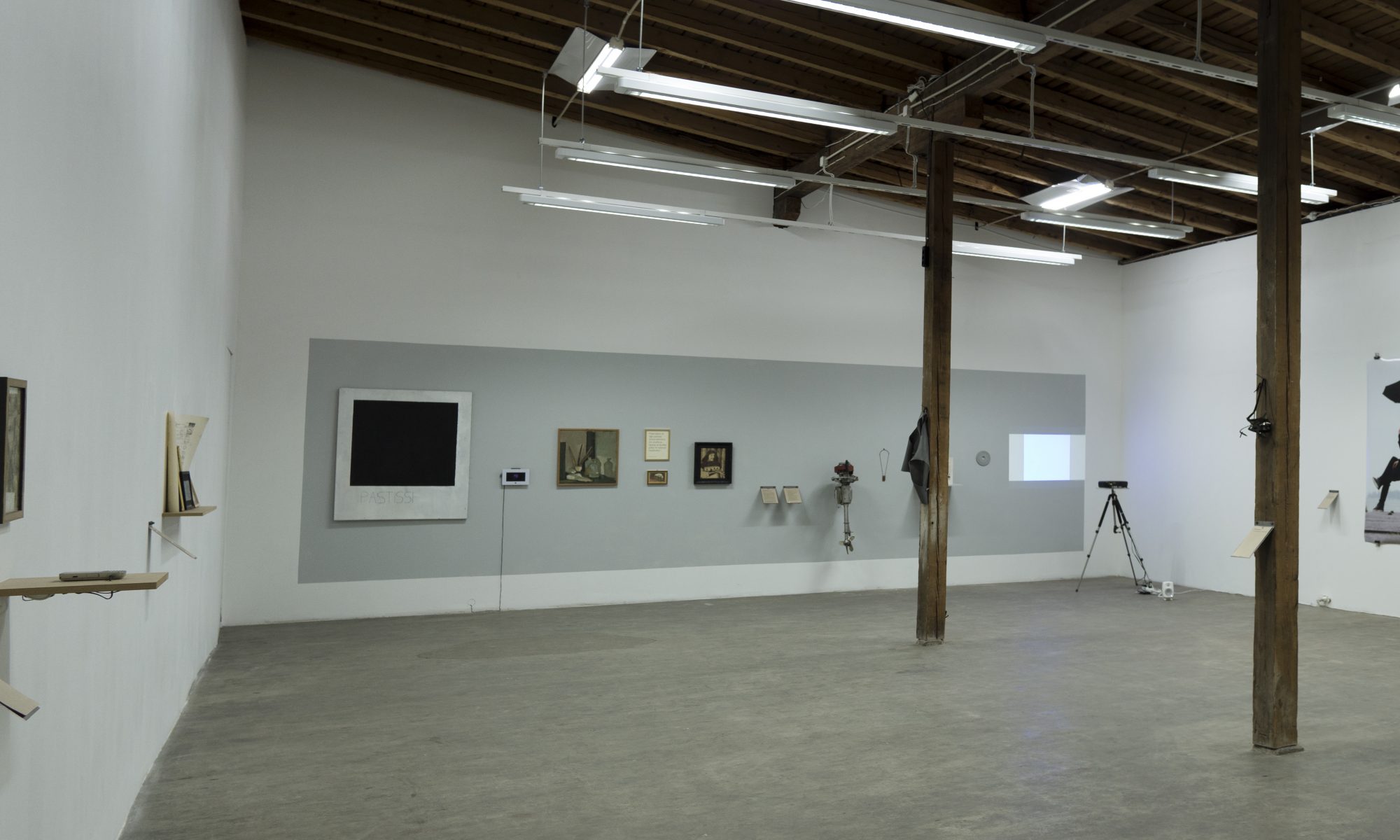Institutional critique has successfully problematized for whom are the spaces of art accessible and safe for and ultimately for whom is art. What is the class of people who enjoy stuff on display? Utilizing this approach to environmental matters and questionging what is nature, yields interesting result. For example: For whom is a spring for and is “drinking water” a desirable category?
Change is natural and as long as there is production, there will be new material. There are always new creatures which benefit from change and even participate in bringing it about. This approach is a branch of the ecosocialist concept of second nature by Bookchin (quoted below) which deems human activity natural by aligning it with other evolutionary processes. As an addition I insist that all manifestations of intellect (or rationales) are equal and maintain that animals form institutions (and that institutions are animals). A horse stable needs all intellects to become.
If one goes beyond that notion of nature as being more than just that which exists, we are talking about the biosphere. And when we talk about the biosphere we are talking about its evolution. Otherwise the word “nature” becomes so big, so promiscuous as it were, so “universal” as to become almost vacuous. It becomes the being that is nothing.
So we are talking, when we speak of a natural world, or when we speak of the biosphere, we’re talking about evolution. And it is always evolving.
When we no longer rank materials on the basis of how natural or man-made they are, it is revealed that human labour is the only constant which we can identify causing harm. Instead of evaluating the environmental impacts of what we define as “waste” (by analysing how materials we produce, such as plastics, change other than humans), we should approach labour itself as the waste. It extracts to sustain human values. All work is preservative, it seeks to halt change, to combats erosion. #ॐ
I now think that all environmental concerns are aesthetic: Nature will always find a way – But when they begin a process of adaptation, they change into something I cannot classify. The terror I feel facing climate change is revealed as a tremor at foundations of the ivory tower I’ve constructed: The position from where I’ve safely classified and framed my relations to others from.
Seems that non human life adapts to change and when it does it super exceeds my understanding of what is natural. It might be that survival is ugly. The (climate) change I’m involved with is a change in values, a change in what is deemed beauty. I can see desperation being normalized and crying emerging as art.
There is an odd bitter (or class-aware, which is which in this turmoil?) tone to the question “what is nature” and “for whom is nature”. For example, there are currently numerous Safe the Baltic Sea -campaigns, with celebrity enforcements and support from business patrons. They want the people to keep the “sea clean”. When a business patron speaks of saving the sea… I’m left to ask for whom and what is sea.
I don’t have access to the sea they roam nor the clean they speak of. These are synthetized hyperobjects of sorts. The modesty etiquette these folk enforce, taints me like an oil spill. I’m not motivated by the cleanliness the patrons and their celebrity friends are calling – Particularly when their lifestyles and merchant ship are the root of the cause. Their campaigns are waste.
We can return to campaigns, after the fruits of all labour have been distributed fairly. I think this is a continuation of an Ore.e Ref. slogan from way back: “Let’s make de-growth fun!”

